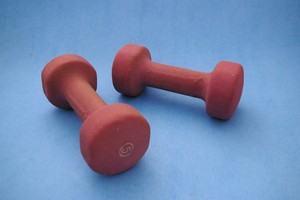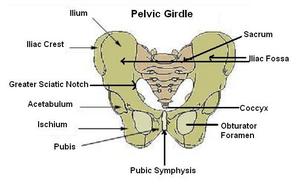Damaged asphalt shingles can be a leaking nightmare. Falling branches, strong winds and natural wear and tear can all cause asphalt shingles to leak. But you don’t have to tear off the whole roof and start from scratch. You can easily replace a few shingles without breaking the bank to replace the entire roof with these insightful tips and professional advice.
Getting a Match
Once you’ve located a roof leak and you’ve determined that it’s only a few damaged shingles, you’ll need to get some matching shingles to repair the problem. This can be accomplished with a small sample. Tear off a 2×2 or larger piece of shingle from the damaged area. Just make sure it’s got a good color and plenty of granules (the little rocks on the shingle) to get a good color match.
Most roofing companies will have a match in just a few minutes, if not by the end of the day. Keep in mind that the match will not be perfect. Color fading, sunlight damage and manufacturing differences can create a slight color variation that will eventually blend in with time.
Removing the Damage
This part of the task can be a little tricky, but with patience and care it can be done correctly. Using a flat bar, cats paw and hammer you can easily maneuver the asphalt shingle into position for removal. This is best attempted when shingles are warmed from a few hours of sunlight. This will loosen the bond between the tar on the asphalt shingles, allowing you to slide a flat bar and cats paw underneath of the shingle.
Shingles typically have six nails in each shingle. Tab shingles have one on each end and two on each side of the channel tab. I like to use a drywall knife to pry up the shingle and set a wedge of wood underneath to prop it up as I locate the nails. This part is mostly by feel and not so much by sight.
Gently prop up the shingle and remove the nails with the cat paw. Tear out the shingle without damaging the next layer can be tricky, but with careful prying and light pressure it can be achieved. Once you have the damaged shingle(s) nails removed, nails from the shingle above will still be in the shingle. Leave those in place but use the drywall knife and flat bar to hold the nails up and out of the roof.
Setting the New Shingles
This part is fairly straight forward, with the exception of the nails and the last shingle. Test fit each shingle by sliding it in place. If it doesn’t fit; don’t force it! You may need to trim the top part of the shingle off. As long as you don’t take the shingle below the tar tabs, it won’t leak. Use the drywall knife in combination with the flat bar to pry up the existing shingles while sliding the new one in place.
Nailing the last few shingles can be tough. I like to use the flat bar to hold the nail as I slide it in place. Once it’s in position, I take a large piece of wood and place it over the nail on top of the existing shingle. Then I hit the board and drive the nail down. Be careful! You could easily damage the existing shingles if you cause too much pressure on the nail between the board and shingle. Light taps make all the difference.



